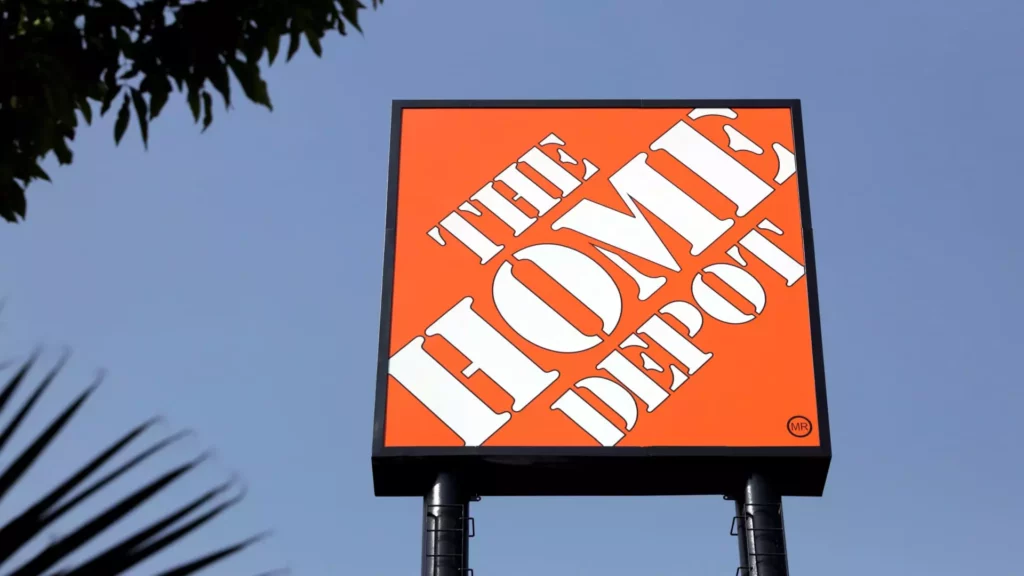Home Depot has demonstrated remarkable resilience despite facing economic headwinds affecting its customer base. Recent quarterly reports indicate a 6% year-over-year sales increase, buoyed by strategic acquisitions and an uptick in demand spurred by favorable weather conditions and hurricane repairs. This article delves into the dynamics behind Home Depot’s performance, forecasts, and challenges, painting a comprehensive picture of the retailer’s current standing and future outlook.
The catalyst for Home Depot’s improved sales figures includes the acquisition of SRS Distribution, a pivotal move that has notably boosted revenue streams. The transaction contributed approximately $6.4 billion to Home Depot’s finances, highlighting the significance of professional demand for home improvement products. Such strategic expansions not only allow the retailer to penetrate deeper into construction-related markets but also assist in offsetting some of the prevailing economic uncertainty that has tempered consumer spending.
Moreover, the improved fiscal outlook—now projecting total sales growth at about 4%, up from an earlier estimate of 2.5% to 3.5%—reflects confidence in the operational adjustments Home Depot has executed. This optimistic revision further indicates the underlying strength of Home Depot’s business model despite market pressures on discretionary spending.
However, the trajectory isn’t without its pitfalls. Chief Financial Officer Richard McPhail highlighted a notable trend of consumer hesitation when it comes to making substantial purchases. Many customers are reportedly pausing renovations and major projects as they await more favorable mortgage rates and manageable borrowing costs. This caution persists despite many customers being financially healthy, illustrating a broader sentiment of wait-and-see among consumers.
With about 90% of Home Depot’s do-it-yourself clientele being homeowners, it is critical for the company to monitor these trends closely. Homeowners are reshaping their needs; family dynamics and financial pressures are leading many to consider moving or remodeling, yet they hesitate to act until the economic landscape stabilizes.
In the fiscal third quarter, Home Depot reported net income of $3.65 billion, down from $3.81 billion the previous year. Despite a revenue increase to $40.22 billion, the company has faced a decline in comparable sales—a crucial industry metric. The reported 1.3% drop in comparable sales reflects a more significant decline from analysts’ expectations but indicates slighter than anticipated losses.
Such a decline has marked the eighth consecutive quarter of negative comparable sales, raising eyebrows among analysts and investors alike. However, against this backdrop, Home Depot’s stock has been remarkably resilient. Closing at $408.29 per share, the company’s market capitalization reached about $405.55 billion, a testament to investor confidence in its long-term growth potential.
Interestingly, seasonality has played an influential role in quarterly performance. Many consumers have ramped up spending on outdoor items due to extended summer weather, purchasing everything from grills to paint for home projects. Additionally, hurricane-related demands have provided a short-term boost, as homeowners prepared for and repaired damage from storms.
This dual impact of favorable weather conditions and emergency-related spending exemplifies how external factors can influence retail performance. While the growth from these factors has been encouraging, it does leave open the question of sustainability—is this recent growth merely a response to short-term stimuli?
Looking ahead, the company is bracing for another year of economic uncertainties. There are hopes that recent reductions in interest rates by the Federal Reserve will help stimulate the housing market, which has seen stagnation due to high prices and rising mortgage rates. However, McPhail’s caution remains palpable; predicting when consumer sentiment will shift back to spending is a nuanced challenge, particularly in a fluctuating economic landscape.
Moreover, potential price pressures from tariffs on imported goods, especially if political climates shift, add to the uncertainty. Home Depot’s commitment to diversifying its supply chain—pivoting to sources in North America—positions the retailer favorably to mitigate some of these risks.
Home Depot stands as a case study in resilience amid shifting market conditions. The blend of strategic acquisitions, seasonal benefits, yet fraught consumer sentiment has shaped its recent performance. As the company navigates these complexities, striking a balance between leveraging current market opportunities while preparing for potential setbacks will be essential. With a focus on future trends and consumer psychology, Home Depot continues to adapt, aiming for sustained growth in a challenging retail environment.

